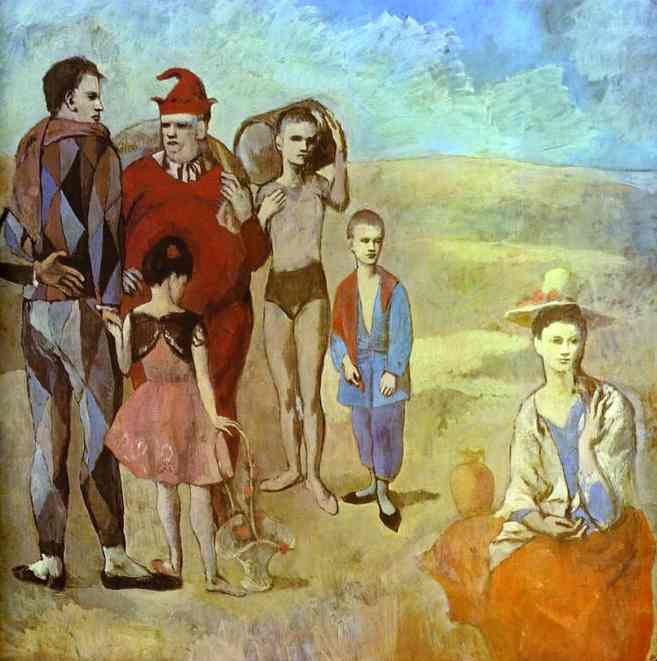Pablo Picasso (October 25, 1881 - April 8, 1973)
 According to the biography Picasso: Creator and Destroyer by Arianna Stassinopoulos Huffington, in the summer of 1905, “Picasso was in a great mood to explore and experiment, and his experimentation did not stop at painting, nor did his explorations stop at talking and sex. Opium was, in this artists’ colony where there were no rules and no breaks, a doorway into new worlds and expanded visions. Picasso tried it, enjoyed it and abandoned it, after praising it for having 'the most intelligent of all odours'.”
According to the biography Picasso: Creator and Destroyer by Arianna Stassinopoulos Huffington, in the summer of 1905, “Picasso was in a great mood to explore and experiment, and his experimentation did not stop at painting, nor did his explorations stop at talking and sex. Opium was, in this artists’ colony where there were no rules and no breaks, a doorway into new worlds and expanded visions. Picasso tried it, enjoyed it and abandoned it, after praising it for having 'the most intelligent of all odours'.”
"Opium, henbane, hashish, morphine, ether: all were ubiquitous in Picasso’s circle, and freely available at the local chemist’s or private fumiers around Paris. That the artist was stoned when he painted the 'Family of Saltimbanques,' and pictures like it, goes a long way towards explaining the lack of tension, the dulled eyes, the emotional isolation of individual figures and the dreamy mood of the Rose period." (Source: Richard Dorment's review of the first volume of John Richardson's Life of Picasso, Times Literary Supplement, September 13, 1991.)
One evening in 1908, Picasso, his mistress Fernande Oliver, Guillame Apollinaire, and painter Marie Laurençin gathered together at Azon’s restaurant in Paris, taking hashish pills. The evening ended in a friend's room where, as Oliver described it, "Apollinaire was having the time of his life in an imaginary brothel; Marie Laurençin, ever controlled and dignified, left early to return to her mother and her cat; and Picasso was lost in a horrible vision that he had come up against a wall and could no longer progress or develop. In his nightmare he shrieked that he had discovered photography, that there was nothing left for him to learn, that he was condemned to paint the same thing over and over again and that he wanted to kill himself.” (Huffington)
Shortly afterwards, Picasso found painter Karl-Heinz Wiegels hanging by the neck from a beam in his studio. Huffington wrote, “He grew progressively more depressed and worried about his own health. His diet became increasing ascetic, his aperifits were replaced by mineral water and he abandoned hashish pills, as he had abandoned opium, forever.” And he invented, or at least perfected, cubism, a non-photographic style of paining that adds the dimension of time. Would he have done so without his hashish vision?